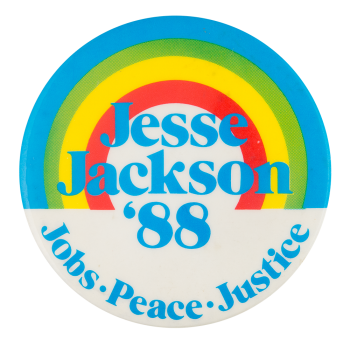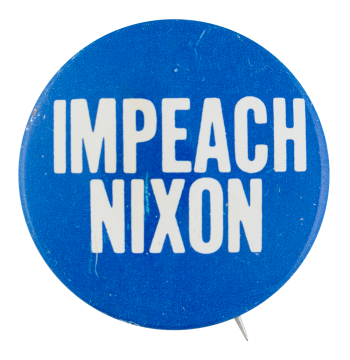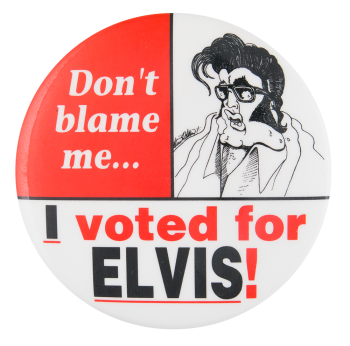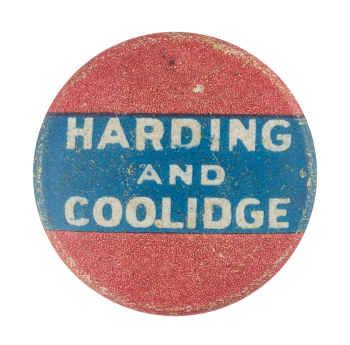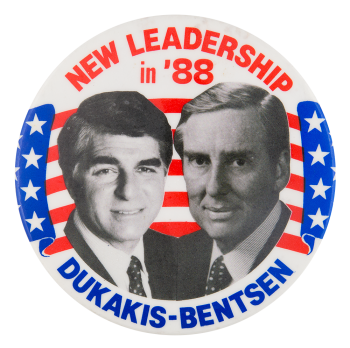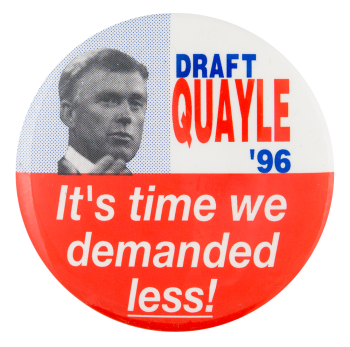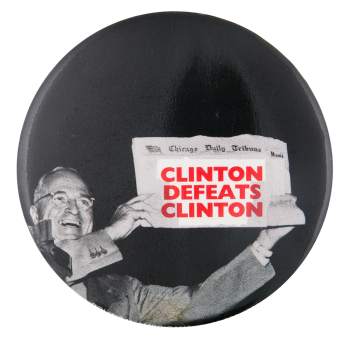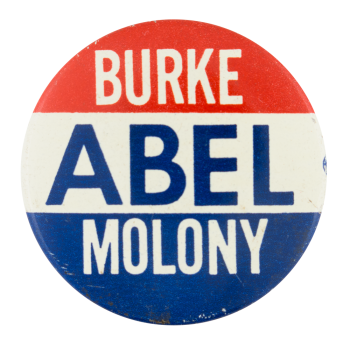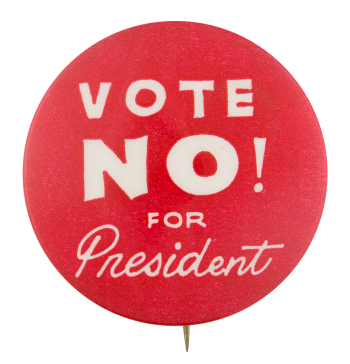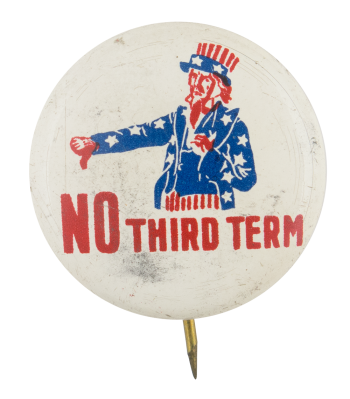Jesse Jackson Rainbow '88
| Category | |
|---|---|
| Additional Images | |
| Sub Categories | |
| Text on Button | Jesse Jackson '88 Jobs Peace Justice |
| Image Description | Illustration of a rainbow with blue text over the top |
| Curl Text | EDWARD HORN CO. Glenside Pa. 1908 215 576-5700 |
| Back Style | |
| The Shape | |
| The Size | |
| Year / Decade Made | |
| The Manufacturer | |
| Additional Information | In 1988 Jesse Jackson campaigned for the presidency for his second time. The noted activist and minister’s first campaign in 1984 had put him in third place in the race for the Democratic Party’s nomination, which was much farther than many had believed he could go. Jackson’s 1988 platform was much the same as it had been in 1984, calling for a “Rainbow Coalition” of minorities, the LGBT community, and the poor, an end to the War on Drugs, the creation of more jobs, and raising taxes on the wealthy. The campaign went well but was hindered by allegations of his brother’s criminal past. Jackson won second place in the race for the Democratic nomination, first place going to Michael Dukakis, who eventually lost the presidential election to George H.W. Bush. Jackson continued to serve in politics and continues to lead his organization Rainbow/PUSH, a group dedicated to social justice. Jesse Jackson Presidential Campaign, 1988. (n.d.). Retrieved November 23, 2015 from: https://en.wikipedia.org/wiki/Jesse_Jackson_presidential_campaign,_1988. |
| Catalog ID | PO0365 |

